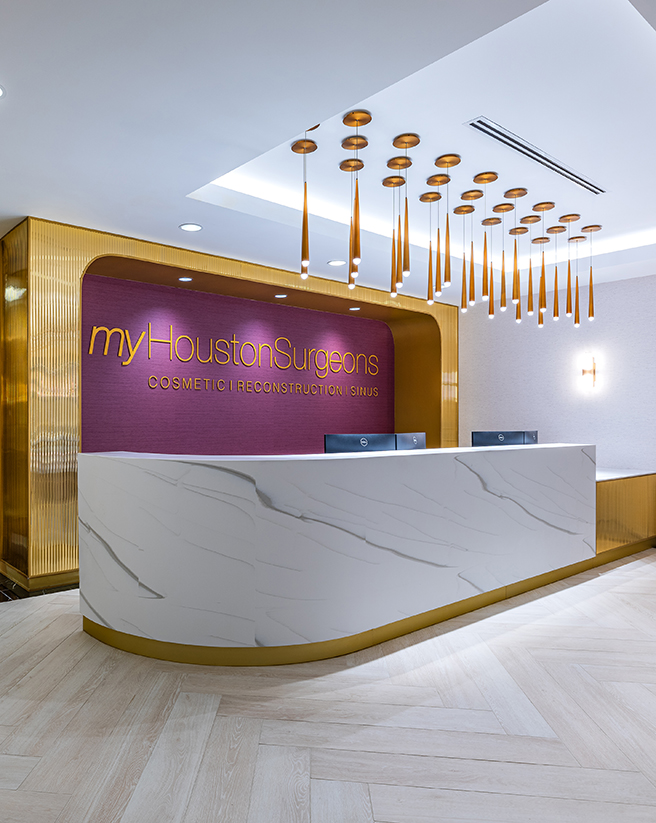
Lymphedema remains one of the most challenging aspects of breast cancer treatment, and is defined as swelling of the arm due to a blockage in the lymphatic drainage of that arm. This can often occur for a variety of reasons, including the removal of lymph nodes from the axillary region, radiation of the lymphatics or constriction of the brachial veins with scar tissue. Whatever the cause, this issue can be debilitating, and a constant reminder of the patient’s breast cancer struggle.



